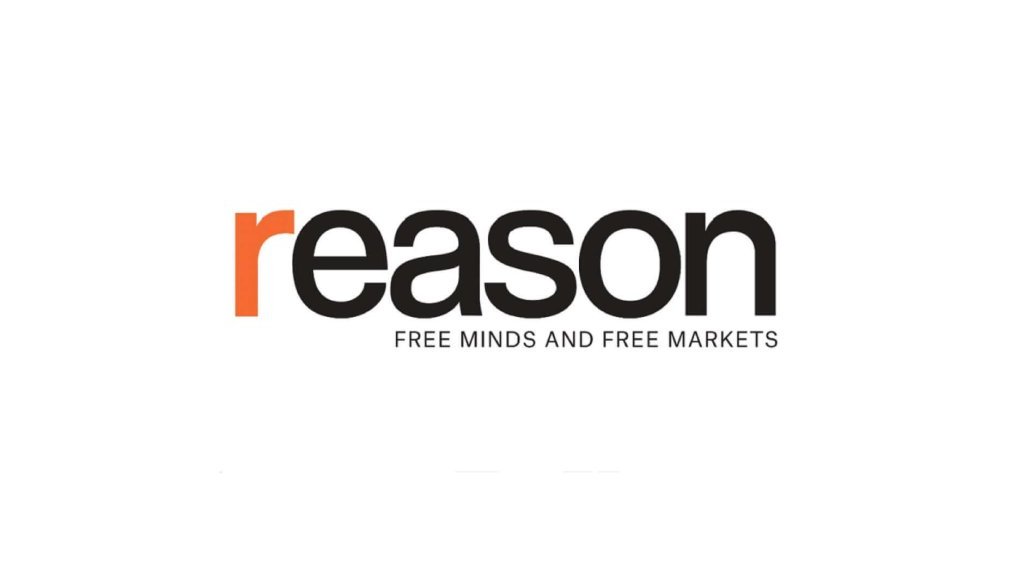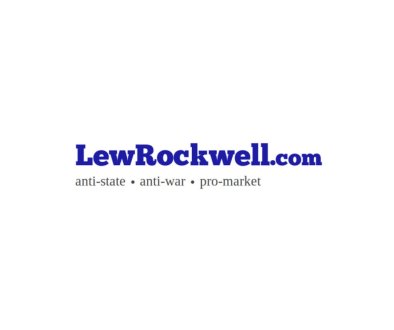As Many Traditional Newspapers Struggle, Why Does The Onion Seem To Be Thriving?
Long before it became a pejorative to describe claims you don’t like, “fake news” was a comedy genre. Its flagship for years was The Onion, a satirical weekly newspaper founded in 1988 that grew to become a cultural institution.
Calling itself “America’s Finest News Source,” The Onion published realistic-looking news reports with facts either skewed or invented for satirical effect. Many of these articles were “stories where people are seemingly talking to reporters where there’s no rationale for a reporter to be there,” as James daSilva, who maintains a Substack newsletter devoted to the publication, put it in 2013. This became The Onion‘s signature “area man” template, as in “Area Man Always Nostalgic For Four Years Ago,” “Unattractive Man Just Like A Brother To Area Woman,” or “Area Cockroach Fucking Huge.” As with much good comedy, decorum and good taste were not required. A case in point: “Ugly Girl Killed: Nation Unshaken By Not-So-Tragic Death.”
That acerbic wit also targeted public figures. In January 2013, when a prepresidential Donald Trump was spreading unfounded rumors about then-President Barack Obama’s birthplace, The Onion ran an op-ed purportedly written by Trump, titled “When You’re Feeling Low, Just Remember I’ll Be Dead In About 15 Or 20 Years.” (The piece prompted Trump’s attorney to threaten a defamation suit.) The Onion used its signature tone to address national tragedies, too. Its first issue after September 11 ran a surprisingly moving tale about trying to feel helpful in the face of sorrow, headlined “Not Knowing What Else To Do, Woman Bakes American-Flag Cake.”
The paper was a success, expanding in just over a decade from a two-man college paper to an operation with 50 full-time employees and a print circulation of over 200,000. By 2006, its website received 4 million unique visitors per month. It later branched out into audio and video production, gaining significant video traffic when YouTube was still a novelty. It spawned spinoff sites, such as ClickHole, which satirizes traffic-chasing outlets like BuzzFeed and Upworthy.
With popularity came influence. After Jon Stewart took over The Daily Show in 1999, he hired a former Onion editor as head writer; they turned Comedy Central’s nightly broadcast into a pop-culture juggernaut that simultaneously covered current events and satirized TV news shows, earning Stewart the honorific “the most trusted name in fake news.” Many articles from The Onion and its spinoffs have become memes: When a public figure expresses an uncharacteristically salient thought, for example, you should expect to see people sharing the headline”Heartbreaking: The Worst Person You Know Just Made A Great Point“—or just the instantly recognizable photo that ClickHole ran with the story. The Onion‘s “Drugs Win Drug War” headline became so iconic that they sell it as a T-shirt.
But as traditional media outlets struggled and died, The Onion also saw its share of ups and downs: layoffs, restructuring, and acquisitions. The paper famous for satirizing the media experienced the same trajectory as those it was lampooning.
Yet unlike many legacy outlets, The Onion today appears to be thriving: After being sold for parts and shuffled between private equity balance sheets, it was purchased in April 2024 by fans keen to restore the paper to its former glory. The new owners are bullish on the publication’s future, even as they face a landscape that has grown largely indifferent to media outlets. Could America’s leading outlet of explicitly fake news offer a vision of the American news media’s future?
***
The Onion began in a dorm room in August 1988, the creation of two students at the University of Wisconsin–Madison. The following year, they sold the paper for less than $20,000. One of the buyers, Scott Dikkers—a cartoonist who had been one of its first hires—became the editor in chief, a role he says he was more or less performing already.
At the time, The Onion was printed weekly in black and white, and distributed for free around campus. All revenue came from ad sales, and early cover pages had restaurant coupons printed along the bottom. The format was a “hodgepodge” of styles, Dikkers says: “We were parodying the Weekly World News, The Sun, those funny grocery store tabloids.” There were also cartoons and satirical contests; its most popular recurring feature was “Drunk of the Week,” in which staffers would find a well-lubricated patron in a Madison bar on Friday night and take their picture with a plaque to “celebrate” the achievement.
“We didn’t have design guidelines—we didn’t have a consistent headline font or anything,” Dikkers recalls. “It didn’t look like a newspaper. It looked like a wacky college humor publication.”
But Dikkers hoped to turn The Onion into more than just a college paper. In 1995, he spearheaded a complete creative overhaul: Gone was the chaotically shifting style, replaced by a consistent aesthetic that resembled a real newspaper. The covers would print in color, mimicking full-color, image-heavy broadsheets like USA Today, and the articles would employ a dry, newsy writing style akin to the Associated Press.
The new tone would become another Onion signature. “A part of the humor is in the tension between what is being said and how it’s being said,” then–Managing Editor Robert Siegel, who developed the new writing style, told the Los Angeles Times in 1999. “If you take something you wouldn’t normally read in a newspaper, and write it in that hack, deadpan AP style without ever winking, there’s a comedic tension, a juxtaposition at work that makes it funny.”
Owing to this dry delivery, articles were sometimes mistaken for fact—perhaps the greatest compliment a satirist can receive. In May 2002, The Onion published “Congress Threatens To Leave D.C. Unless New Capitol Is Built,” lampooning professional sports teams that threaten to relocate unless taxpayers build them a new stadium; the story included a cartoon diagram of a new Capitol building with a retractable stadium roof. Days later, the Beijing Evening News translated and reposted the story as fact, even using the same image. In 2011, The Onion published “Planned Parenthood Opens $8 Billion Abortionplex,” about a fictitious Kansas facility that “will allow the organization to terminate unborn lives with an efficiency never before thought possible.” Then-Rep. John Fleming (R–La.) shared the article on Facebook, bemoaning “abortion by the wholesale.”
The professionalized Onion proved successful, with wide national appeal. While the paper remained free, it opened distribution offices in major cities across North America. It also sent copies and free subscriptions to Hollywood talent agencies; Dikkers reports that one recipient, the comedy musician “Weird Al” Yankovic, “really liked it and he told all his friends,” providing some early cultural cachet.
The American newspaper industry was also booming. In 1997, just two years after The Onion took a swipe at USA Today by aping its layout, USA Today‘s parent company Gannett enjoyed a 26.6 percent pretax profit margin; as a whole, publicly traded newspaper companies averaged nearly 20 percent margins that year, while U.S. manufacturing averaged 7.6 percent margins.
In those days, newspapers had long been considered a safe investment. After World War II, with the advent of television, many smaller local newspapers closed or merged with a competing paper, but the publications that survived typically thrived, with annual profit margins between 20 percent and 40 p
Article from Reason.com

The Reason Magazine website is a go-to destination for libertarians seeking cogent analysis, investigative reporting, and thought-provoking commentary. Championing the principles of individual freedom, limited government, and free markets, the site offers a diverse range of articles, videos, and podcasts that challenge conventional wisdom and advocate for libertarian solutions. Whether you’re interested in politics, culture, or technology, Reason provides a unique lens that prioritizes liberty and rational discourse. It’s an essential resource for those who value critical thinking and nuanced debate in the pursuit of a freer society.




